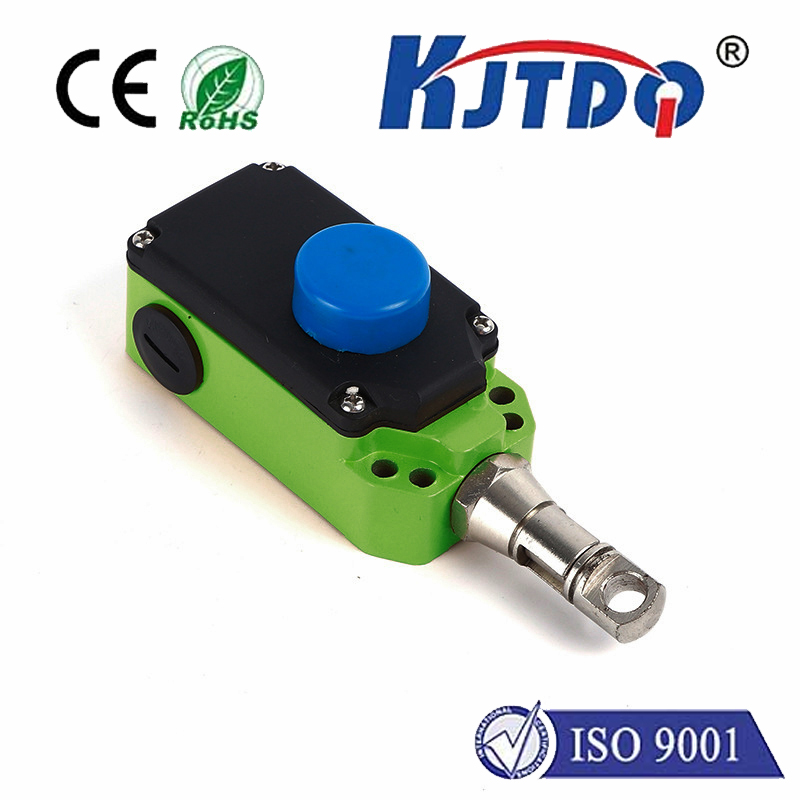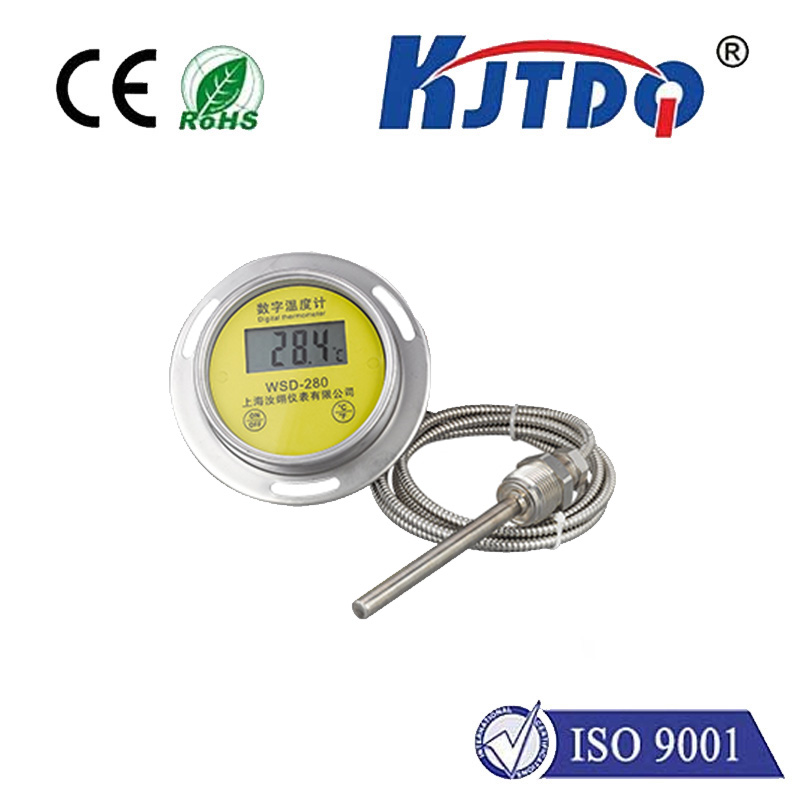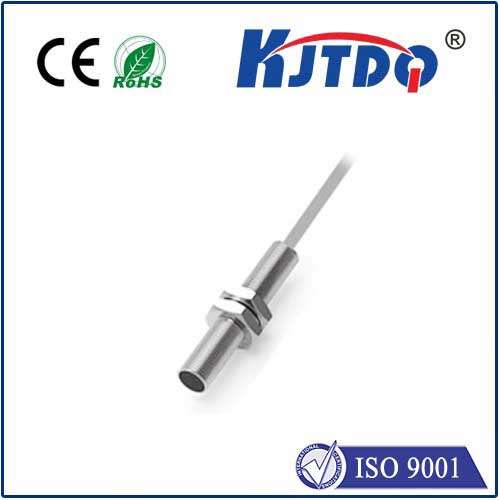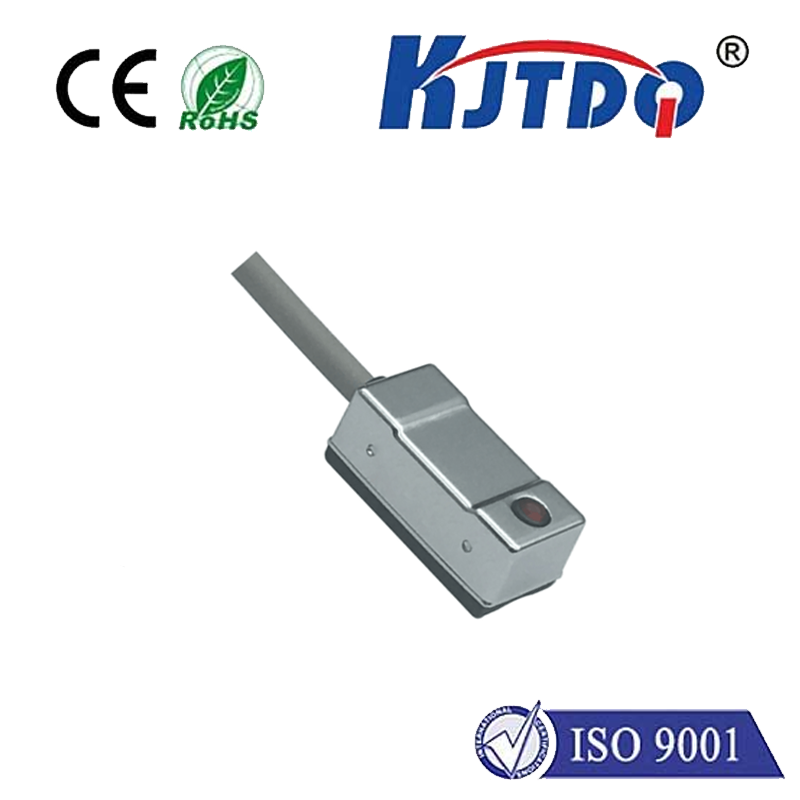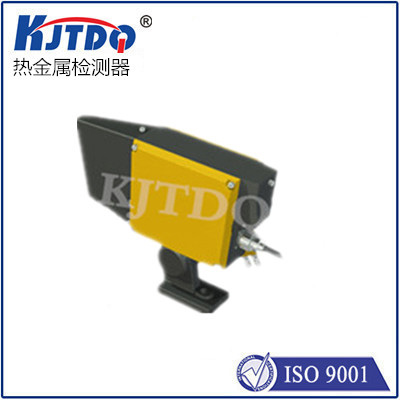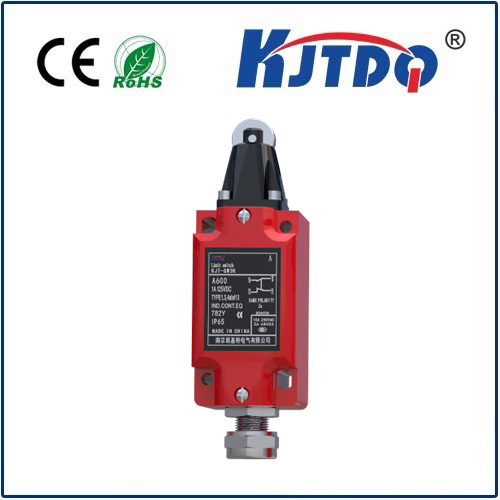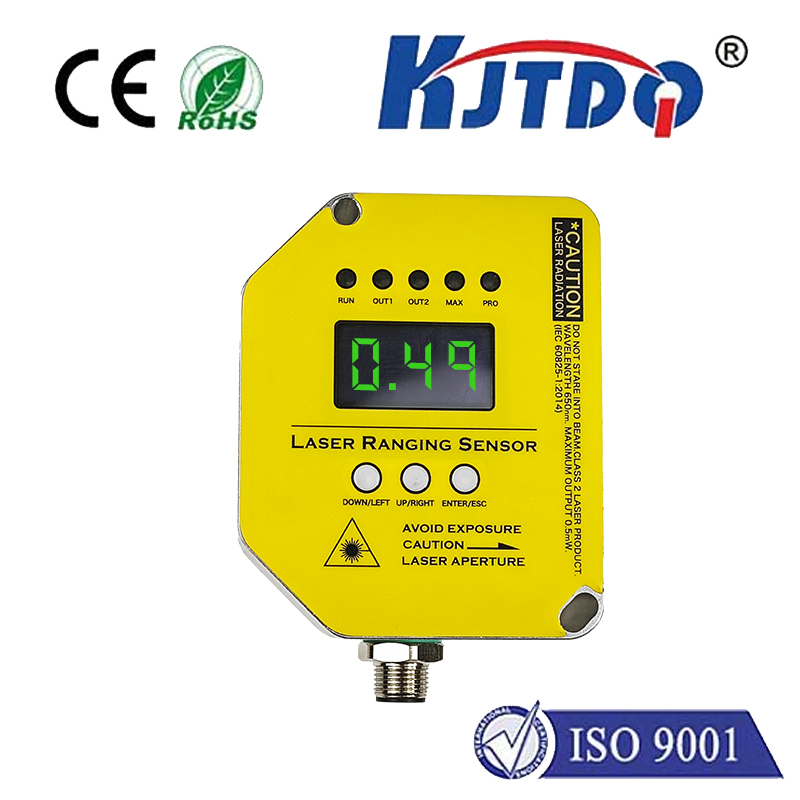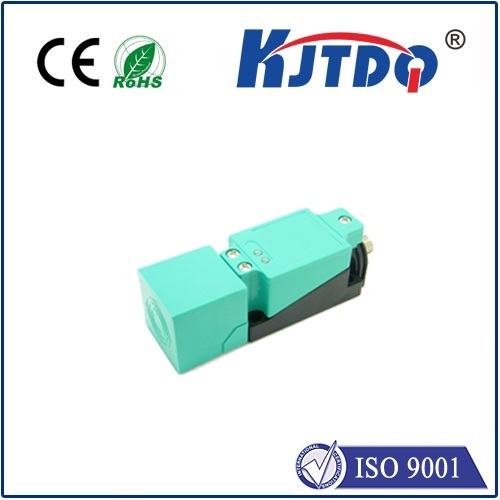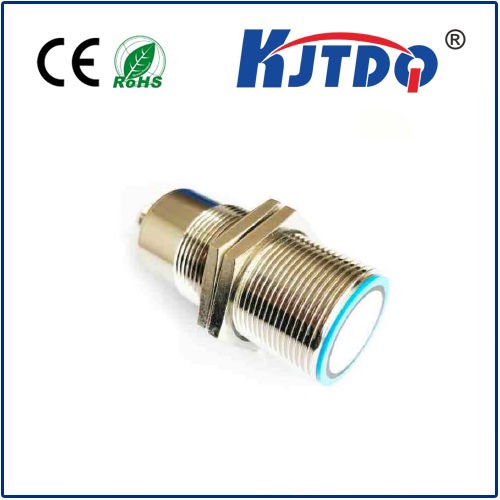temperature probes
- time:2025-08-23 00:00:08
- Click:0
Temperature Probes: Unseen Sentinels Powering Precision Measurement and Control
Temperature Probes: More Than Just Readings; They’re Your Critical Data Source.
Invisible threads weave through the fabric of our modern world, silently gathering vital information that keeps systems running, products safe, and processes efficient. Among these crucial threads are temperature probes, the unsung heroes of accurate temperature measurement. Far more than simple thermometers, these sophisticated sensors are the frontline data collectors across industries ranging from life-saving healthcare to complex aerospace engineering. Understanding their function and importance reveals how they underpin safety, quality, and innovation in countless applications.
Why Precise Temperature Measurement is Non-Negotiable
Temperature is a fundamental physical parameter. Its accurate capture influences outcomes dramatically:
- Safety: Preventing equipment overheating in power plants, ensuring food doesn’t harbor pathogens during processing, or maintaining stable environments in chemical manufacturing all hinge on reliable temperature data. A single faulty reading can cascade into catastrophic failure.
- Quality: From the perfect caramelization in food production to the precise hardening of metal alloys and the stability of pharmaceutical compounds, consistent temperature control is paramount for product integrity and performance.
- Efficiency: Optimizing energy consumption in HVAC systems, maximizing yield in chemical reactions, or streamlining manufacturing cycles relies heavily on accurate thermal feedback. Probes provide the data needed for intelligent control.
- Compliance: Many industries operate under strict regulatory frameworks (FDA, ISO, etc.) mandating detailed temperature monitoring and traceability records. Robust probe systems are essential for audit trails.
Exploring the Diverse Landscape of Temperature Probes

Not all temperature probes are created equal. The choice depends heavily on the application’s specific demands, including temperature range, required accuracy, response time, environmental conditions, and media compatibility. Common types include:
- Thermocouples: Leveraging the Seebeck effect, where two dissimilar metals joined at a junction produce a voltage proportional to temperature. Key advantages:
- Extremely wide temperature range (cryogenic to over 2000°C).
- Rugged construction and relatively low cost.
- Fast response times, particularly with exposed or thin-sheathed junctions.
- Suitable for harsh environments (though sheath material is critical).
- Require cold junction compensation for accuracy.
- Resistance Temperature Detectors (RTDs): Rely on the predictable change in electrical resistance of pure metals (typically platinum - Pt100/Pt1000) with temperature. Known for:
- High accuracy and stability over time.
- Excellent linearity compared to thermocouples.
- Good repeatability.
- Often chosen for precise process control and laboratory applications.
- Generally slower response than thermocouples.
- Higher cost and more fragile than basic thermocouples.
- Thermistors: Semiconductors whose resistance changes significantly with temperature. They come in two main flavors:
- Negative Temperature Coefficient (NTC): Resistance decreases as temperature increases. Prized for high sensitivity (large resistance change per degree) within moderate ranges, ideal for precise temperature control in appliances, medical devices, and battery packs.
- Positive Temperature Coefficient (PTC): Resistance increases with temperature rise. Often used as self-regulating heating elements or over-current protection devices.
- Non-linear response (especially NTCs).
- Limited temperature range compared to TCs/RTDs.
- Infrared (IR) Sensors (Non-Contact): While not a “probe” in the contact sense, they measure temperature by detecting the infrared radiation emitted by an object. Essential for:
- Moving objects (conveyor belts).
- Hazardous environments or high voltages.
- Objects where contact would be impractical or contaminate (e.g., food surfaces).
- Accuracy depends on emissivity settings and can be affected by environmental factors like dust or steam.
Beyond the Sensor: The Critical Role of Probe Construction
The sensing element is just the core. The real-world performance and longevity of a temperature probe depend heavily on its construction and integration:
- Sheath/Probe Material: Must withstand the application’s temperature, pressure, and chemical environment (corrosion resistance). Common materials include stainless steel (304, 316), Inconel, Hastelloy, and ceramics. Material compatibility is non-negotiable.
- Junction Type: Grounded, Ungrounded, or Exposed (for thermocouples) impacts response time, electrical isolation, and durability. Choosing the right junction is vital for signal integrity.
- Connection Heads & Terminations: Protect internal connections from the environment and provide a secure point for wiring (terminal blocks, M12 connectors, flying leads).
- Thermal Wells/Thermowells: Metal sleeves threaded or welded into process pipes/vessels, allowing probe insertion and removal without depressurizing the system. Crucial for high-pressure, high-temperature, or corrosive media. Design (taper, material, thickness) affects response time significantly.
- Mounting Configurations: Fixed insertion (threaded, flanged, welded), handheld penetration probes, or surface mounts cater to different access and measurement needs.
Selecting the Right Probe: Key Considerations
Choosing an optimal temperature probe isn’t guesswork. Ask these critical questions:
- What is the required temperature range? Don’t operate probes near their extremes.
- What level of accuracy and repeatability is needed? Balancing cost and precision is key.
- How fast must the probe respond to temperature changes? (Response Time - time constant).
- What is the chemical composition, pressure, and flow characteristics of the medium? Dictates material and sheath design.
- Is there vibration, abrasion, or potential mechanical stress? Requires robust construction.
- What is the installation environment? Hazardous area certifications (ATEX, IECEx) may be required.
- How will the probe connect to the control/monitoring system? (Wire type, length, termination).
Ubiquitous Applications: Where Probes Make a Difference
Temperature probes deliver critical data across a vast spectrum:
- Industrial Process Control: Monitoring reactors, heat exchangers, pipelines, kilns, and furnaces in chemical, oil & gas, power generation, and manufacturing.
- HVAC & Refrigeration: Controlling climate in buildings, cold storage, and refrigeration units for comfort and energy efficiency.
- Food & Beverage: Ensuring safety (pasteurization, cooking, chilling) and quality from farm to fork. HACCP compliance relies on reliable probes.
- Pharmaceutical & Biotechnology: Maintaining stringent environmental conditions during drug manufacturing, storage (cold chain), and research. Calibration traceability is essential.
- Automotive & Aerospace: Engine/component testing, climate control systems, battery temperature management in EVs, and avionics.
- Medical & Healthcare: Patient monitoring (body temperature probes), laboratory equipment (incubators, autoclaves), diagnostic devices, and thermal therapy.
- Research & Development: Providing precise thermal data in laboratories for experiments and material testing.
Ensuring Long-Term Reliability: Calibration and Maintenance
Like any precision instrument, temperature probes require care:
- Regular Calibration: Comparing probe readings against a known standard traceable to national/international bodies (NIST, UKAS, DAkkS) is crucial for maintaining accuracy confidence. The frequency depends on the criticality of the application and stability of the probe.
- Inspection: Checking for physical damage (bent sheaths, damaged wiring, corroded connectors) and signs of degradation.
- Proper Handling: Avoiding mechanical shock during installation/removal.
- Documentation: Maintaining calibration certificates and service records for audit purposes and traceability. Robust data logging is increasingly critical.
From safeguarding nuclear reactors to ensuring your morning coffee is brewed at the perfect temperature, these miniature marvels of engineering continuously feed vital data into the systems that define modern life. Selecting, installing, and maintaining the appropriate temperature probe is not merely a technical task; it’s an investment in operational integrity, product quality, and fundamental safety.












